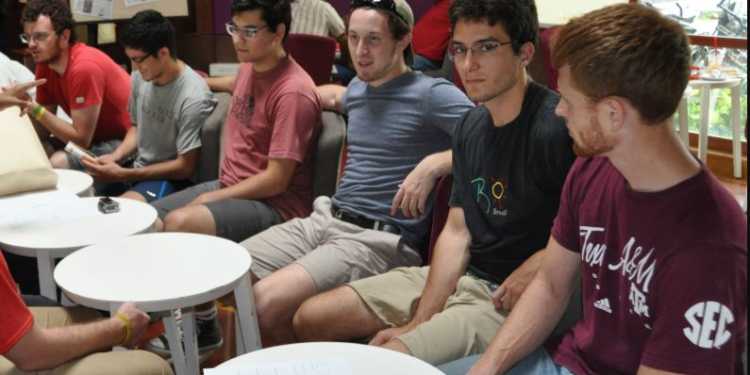Most of the Indian institutes and universities fail to make it into topmost universities of the world. The few autonomous institutes of the country like IIT, IIM, and Indian institute of Sciences are able to get featured but they fail to get respectable rankings. Their rankings vary between 100 to 500 and they never cross the benchmark of 100. The IITs, IIMs, AIIIMS produce world-class professionals and have been at the forefront of academic excellence, giving an economic fillip to the country. But the research work these institutions produce is very less and not up to the global standards. Another thing is these institutes have been technical institutes since their establishment with a narrow focus towards a particular discipline. They could not be called universities and even the government does not recognize them as such. A university is where education is provided across the disciplines.
Now the narrow image of IITs is set to change as these elite institutions make efforts to introduce more disciplines like Medical science, public policy, design thinking and non-degree program, among others. These institutions will also woo foreign students and faculty as this is an important criteria to get high rank in global university rankings. IITs plans to promote the institution via dinner meetings, lectures, tie-ups, journal ads and social media. We have to change the perception that IITs are not just Indian schools,” said V. Ramgopal Rao, director of IIT Delhi. “Generally, the perception is we are Indian schools looking for only Indians in students and teachers…that will change gradually as we put in place a concerted effort.” added M. Balakrishnan, deputy director, IIT Delhi.
The student faculty ratio at IITs is very bad with some of them facing 25 percentage shortages of faculties. These vacancies not just harm productivity of students and the institute but also affect their global rankings. If the institutes will be opened up for foreign students and faculty then the rankings will go up and student faculty ratio will be better. HRD minister Prakash Javadekar had told the Parliament that to overcome teacher shortage, IITs need to collectively bargain for faculties from foreign universities and institutions. The foreign students and faculty will bring more diversity of thoughts to these institutes. Some top universities in USA have more than half of their students as foreign nationals. “A lot of Asian students go abroad for postgraduate and doctorate education… if we can convince some of them to come to the IITs then it is good for both. They will stay in an Asian setting, without comprising on the quality of education and research, and we will become international in our look and feel. You will see special fellowships for foreign students as well” added Balakrishnan.
IITs are looking for structured collaborations with top institutions across Asia, including in Iran, Nepal and Sri Lanka, to diversify their standings.
Some IITs like Delhi will be getting 1000 crore IoE grant in enhancing its research facilities. So, they will spend this on research on Medical science, bio medical studies, public policy, design thinking, sustainability studies, executive education and non-degree program. The multidisciplinary education and research will help the institutes to move up in ranking ladder. The professional institutes focus on productivity and unnecessary activism like that in JNU is not done there. So their concrete productivity will be much higher. Some foreign universities like Massachusetts Institute of Technology (MIT) opened up as engineering institutions but later expanded to many fields, the same is possible with IITs too. Only a comprehensive and coordinated plan is required. If the efforts for internationalization of faculty and students is done and a wide array of disciplines get introduced then some IITs will find a place in top 100 soon.


































